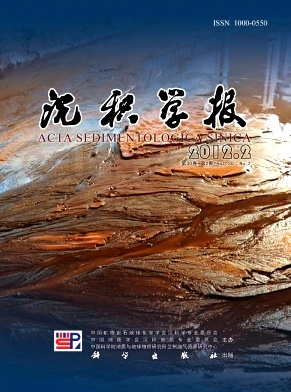DissolutionPrecipitation Thermodynamic Models of Carbonate Rock and the Application in the Northern Part of Tarim Basin
- Publish Date: 2012-04-10
-
Key words:
- carbonate minerals /
- chemical thermodynamics /
- dissolution /
- Gibbs free energy
Abstract: As a kind of chemical rock, the porosity and permeability of carbonate rock is influenced obviously by diagenesis. Dissolution is directly related to the quality of carbonate reservoir. The solubility of carbonate minerals in the buried environments is closely controlled by the chemistry of groundwater, the temperature, pH value and so on. According to the chemical thermodynamics theory, Gibbs freeenergy change ΔG of the equilibrium reaction of calcite and dolomite can be calculated to judge the dissolution trend of calcite and dolomite. Thermodynamic models of the reactions between the minerals and groundwater were established in a closed system. This theoretical model is used in the northern part of Tarim Basin to evaluate the dissolution trend of the CambrianOrdovician under the buried condition. The calculated results of ΔG from the reactions between carbonate rock and formation water are almost negative in the study area, which indicates that the buried environment is favorite for the dissolution of carbonate rock in the CambrianOrdovician. Gibbs freeenergy of Cambrian dolomite is less than Ordovician limestone, and that means dolomite is easier to dissolve than limestone in this deeply buried condition. This conclusion is also supported by cores and previous experimental simulation. Calculation results in Yuqi area are also negative, which implies the strong precipitation of calcite in the caves in this region does not happen in present condition. This conclusion also can be proved from the cores of the CambrianOrdovician.
| Citation: | DissolutionPrecipitation Thermodynamic Models of Carbonate Rock and the Application in the Northern Part of Tarim Basin[J]. Acta Sedimentologica Sinica, 2012, 30(2): 219-230. |






 DownLoad:
DownLoad: